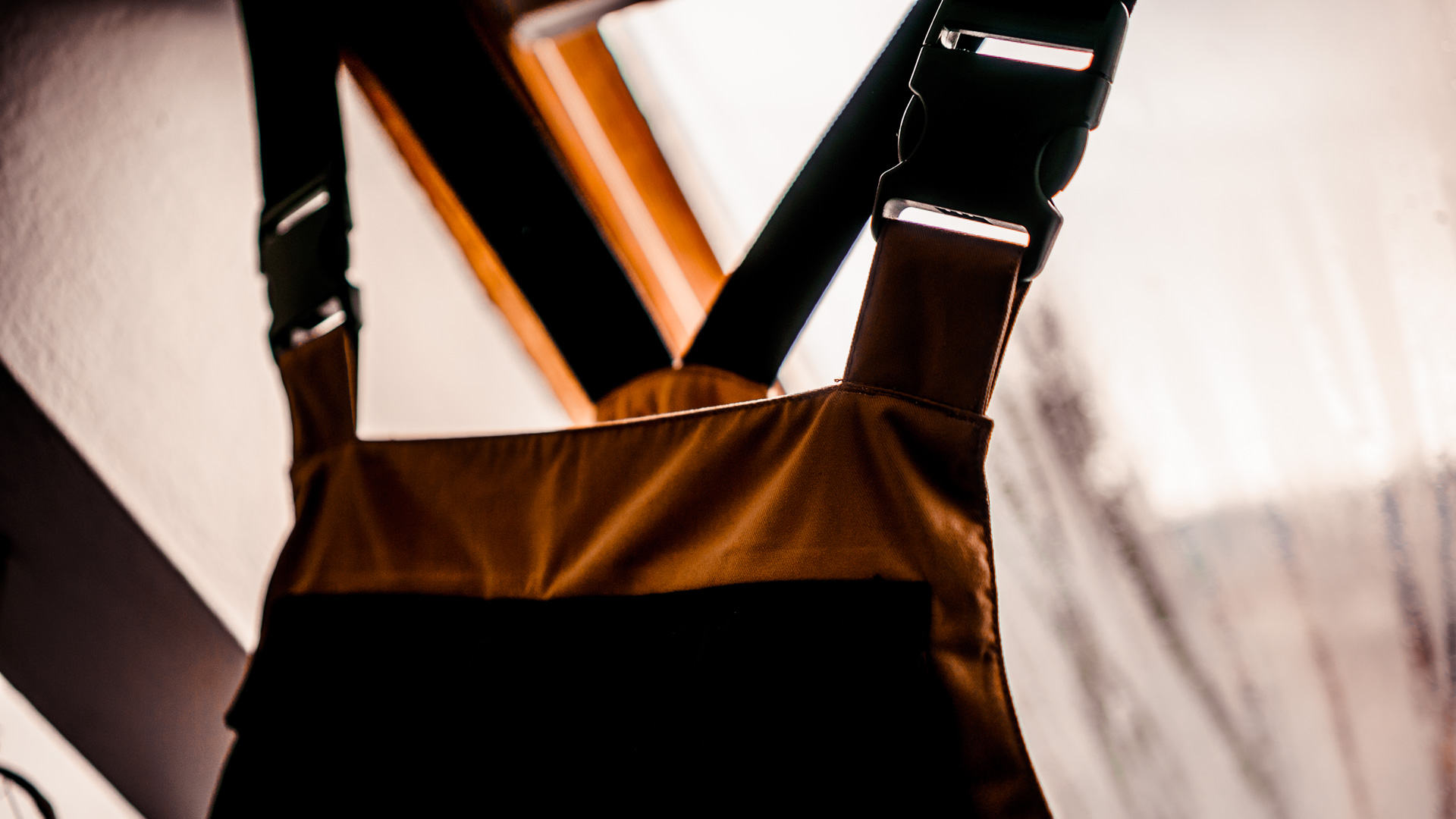One of the questions we get the most here at Whitelines is “What is the best snowboard camera?” If it’s not immediately obvious, that’s just as broad of a statement as “What snowboard should I buy?” – the answer depends on a myriad of factors such as ability, budget, intended use, style preference… So, in short, there is no one, easy answer.
However, there are definitely a few cameras out there on the market that are better than others when it comes to snowboarding. We’ve included a few different price points to help guide you, and as per most queries all the devices we’ve included can shoot both still photos and video, as snowboarders tend to be such versatile creatures.
“Don’t be fooled into thinking that more expensive gear will equal better shots”
Buying a camera can be daunting, especially when you get a head for how much it’s all going to cost. Spend some time researching different options and really think about what’s best for your needs, not just what someone else is using or what online shops are flogging through your inbox.
Set yourself a budget and explore what’s available (we’d recommend KenRockwell.com as the best source of unbiased reviews on the web), and don’t be fooled into thinking that more expensive gear will equal better shots. Also, remember that cameras on the higher end of the spectrum often require pricey accessories, and we’ll tell you now that it’s worth your while investing more in lenses than camera bodies……
Of course, we’ve probably missed out your camera, so feel to tell us how useless we are in the comments below. We’ve also included a few models that now have newer versions available – this is a deliberate choice, don’t be fooled into thinking for one second that we don’t spend a significant amount of our work time drooling over the latest camera gear online.
















